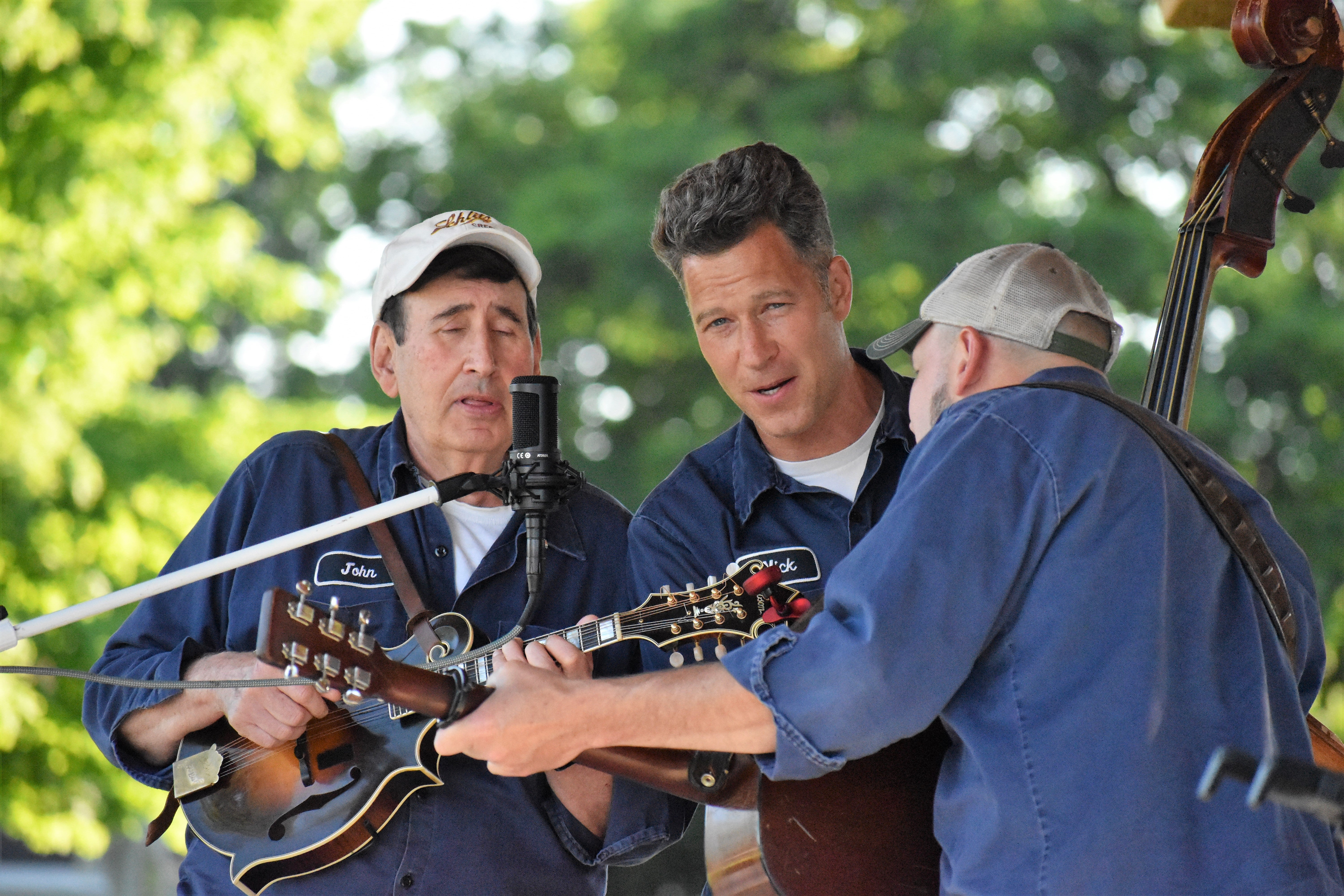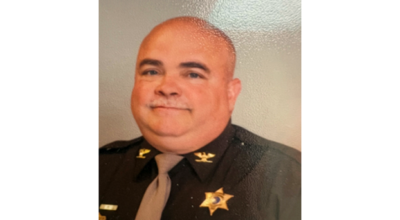Area historian speaks at visual arts event
Published 11:00 am Friday, May 15, 2015

Brian Byrn, the curator of exhibitions and education at Elkhart’s Midwest Museum of American Art, was the featured guest speaker during Tuesday evening visual arts event, part of this year’s Dogwood Fine Arts Festival. (Leader photo/TED YOAKUM)
When southern Indiana native Brian Byrn first took over as curator at Elkhart’s Midwest Museum of American Art in the early 1980s, the concept of appreciating the paintings and sculptures of artists born and raised in the U.S. was foreign to many critics.
Recalling his days studying fine arts at Indiana University, the area curator said that his courses had a strong, Eurocentric perspective to art education, with American artists reserved in the back pages of most textbooks, Byrn said.
“Disdain for American art was considered the correct, sophisticated attitude,” Byrn said. “So if you snubbed American art, even in 1980, you were still on board with all the smart people.”
With the works Norman Rockwell estimated to be worth nearly eight figures by modern valuations, it goes without saying that the general consensus on U.S. paintings and sculptures has taken a dramatic turn for the better.
The art historian gave a brief overview of the evolution of American art appreciation during his presentation to the occupants of the crowded Dogwood festival headquarters Tuesday evening. Byrn was the featured speaker during this year’s visual art event of the Dogwood Fine Arts Festival, which opened last Friday and runs through Sunday.
Coming along with him for the trip to Dowagiac were a handful of the Midwest Museum’s most famed paintings, which were hung along the back wall of the office, located inside Huntington Bank downtown. These pieces included Rockwell’s “No Credit Given,” from 1917; Anna Mary Robertson’s (Grandma Moses) “Sugarin’ Time,” from 1954; and Grant Wood’s “Sheaves of Corn,” from 1931.
With such a rich and historical backdrop accompanying his presentation, Byrn described the methods which he and other educators at the museum employ to share the importance that its over 6,000 piece collection have on the history of the country’s culture with patrons.
With the average visitor spending only around five seconds gazing at a particular piece of art, the first thing that Byrn suggests is that people spend just a little bit more time taking in the sights of a given work.
“Spend twice the average time looking at the work — 10 seconds,” he said. “When you spend 10 seconds looking, usually a question arises; and questions are the important key the experience, not the answers.”
In the event that answers are needed, though, Byrn and the museum’s growing number of docents, or volunteer tour guides, provide guided walkthroughs of the facility’s collection, entertaining guests ranging in age from third-grade students to senior citizens.
“Good docents do not require an art history degree,” Byrn said. “We don’t make them sign a contract that says they have to spend X amount of hours pouring over this collection, or doing anything. All they have to have is a curious mind and a willingness to share.”






